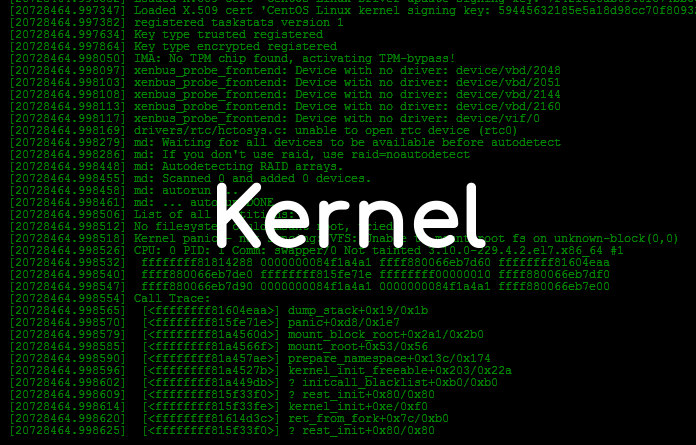The kernel is one of the most fundamental components of an operating system (OS). It serves as a bridge between the hardware and the software, ensuring that various applications can function smoothly on a device. This blog post will delve into the intricacies of the kernel, its functions, types, and its vital role in computer systems. We will also explore different architectures, the process of development, and its future prospects.
Table of Contents
What is a Kernel?
The kernel is a core component of an operating system that manages system resources and provides essential services to other parts of the OS and applications. It operates at a low level, interacting directly with the hardware, and provides a layer of abstraction for higher-level software components.
Its primary function is to manage the system’s resources and allow other programs to run and use these resources. This includes managing the CPU, memory, and input/output (I/O) devices.

Functions of the Kernel
1. Process Management
- Process Scheduling: Determines which processes run at any given time, ensuring efficient CPU utilization.
- Process Creation and Termination: Manages the lifecycle of processes, from creation to termination.
- Inter-process Communication (IPC): Facilitates communication between processes, ensuring they can share data and synchronize actions.
2. Memory Management
- Allocation and Deallocation: Manages memory allocation for processes and the OS itself, ensuring efficient use of RAM.
- Virtual Memory: Provides each process with its own virtual address space, which enhances security and stability.
- Paging and Swapping: Handles the movement of data between RAM and disk storage to ensure smooth operation even when physical memory is limited.
3. Device Management
- Device Drivers: Interfaces with hardware devices through drivers, allowing the OS to communicate with and control hardware.
- I/O Operations: Manages input and output operations, ensuring data is correctly read from and written to devices.
4. File System Management
- File Operations: Manages file creation, deletion, reading, and writing.
- File System Organization: Maintains the structure of file systems, ensuring data integrity and security.
5. Security and Access Control
- User Authentication: Verifies the identity of users to control access to system resources.
- Permissions: Manages access rights to files, devices, and other resources.
Types of Kernels

1. Monolithic Kernels
- Incorporate all OS services and drivers into a single large binary.
- Examples: Linux, Unix.
- Pros: High performance due to direct service calls.
- Cons: Large size and complexity, harder to debug.
2. Microkernels
- Minimize the kernel to include only essential services, with other services running in user space.
- Examples: QNX, Minix.
- Pros: Improved modularity and security.
- Cons: Potential performance overhead due to more frequent context switches.
3. Hybrid Kernels
- Combine elements of both monolithic and microkernels.
- Examples: Windows NT, macOS.
- Pros: Balance between performance and modularity.
- Cons: Complexity in implementation.
Kernel Mode vs. User Mode
- Kernel Mode: The CPU operates with unrestricted access to all system resources, allowing the kernel to execute critical tasks.
- User Mode: Applications run with restricted access, ensuring that user programs cannot directly interfere with core system functions.
Importance of the Kernel
The kernel is crucial for system stability, performance, and security. By managing resources effectively and providing a controlled environment for applications, the kernel ensures that the operating system functions smoothly and reliably.
Conclusion
Understanding the kernel and its functions helps in appreciating the complexity and importance of operating systems. Whether you’re a developer, a system administrator, or simply an enthusiast, a solid grasp of kernel concepts is invaluable for working with and optimizing computer systems.
